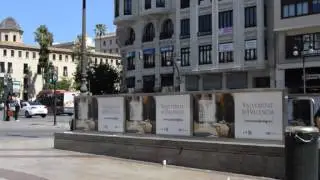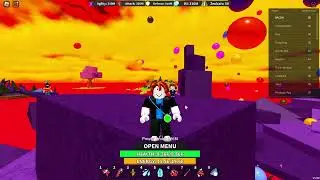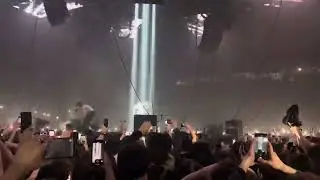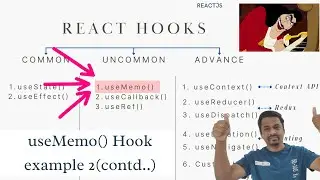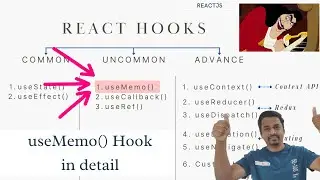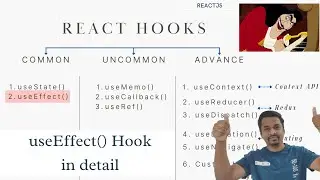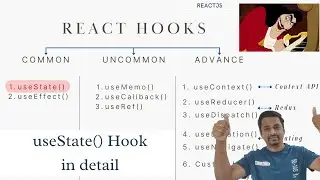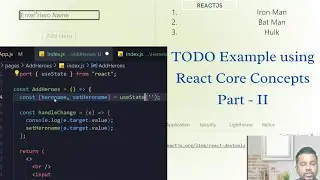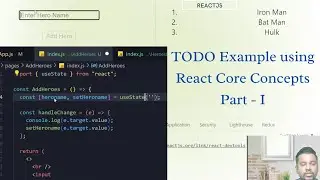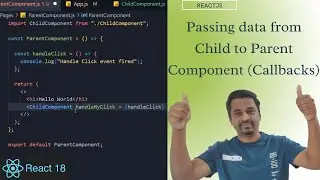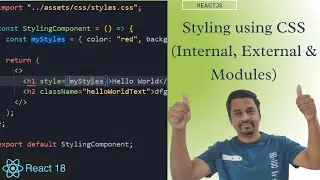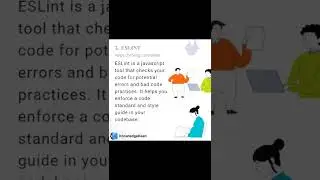Mastering React Portals: Advanced Techniques for Dynamic Component Rendering
React Portals: How to Render a Component Outside the React DOM Tree.
Learn how to use React portals to render a component outside the React DOM tree in this tutorial. We’ll cover the basics of portals, how to create a portal, and how to use it to render components in a specific location.
ReactDOM.createPortal lets you render some children into a different part of the DOM. In this tutorial, we will also see passing some JSX, and the DOM node where it should be rendered
Portals let your components render some of their children into a different place in the DOM. This lets a part of your component “escape” from whatever containers it may be in. For example, a component can display a modal dialog or a tooltip that appears above and outside of the rest of the page.
We are also going to see the caveats of createPortal or React Portal to find out the real weird behavior of how portals behave in event bubbling.
Events from portals propagate according to the React tree rather than the DOM tree. For example, if you click inside a portal, and the portal is wrapped in a div with an onClick event, that onClick handler will fire. If this causes issues, either stop the event propagation from inside the portal or move the portal itself up in the React tree.
#frontenddevelopment #reacttutorial
#fetchapi
#reactdevelopment
#webdevelopment
#apicalls
#javascript
#knowledgekeen
#knowledge #keen
#codingtutorial
#webdevelopmenttutorial
#LearnToCode
#ReactFetchAPI
#programming
#codetutorial
#softwaredevelopment
#webdevtips


